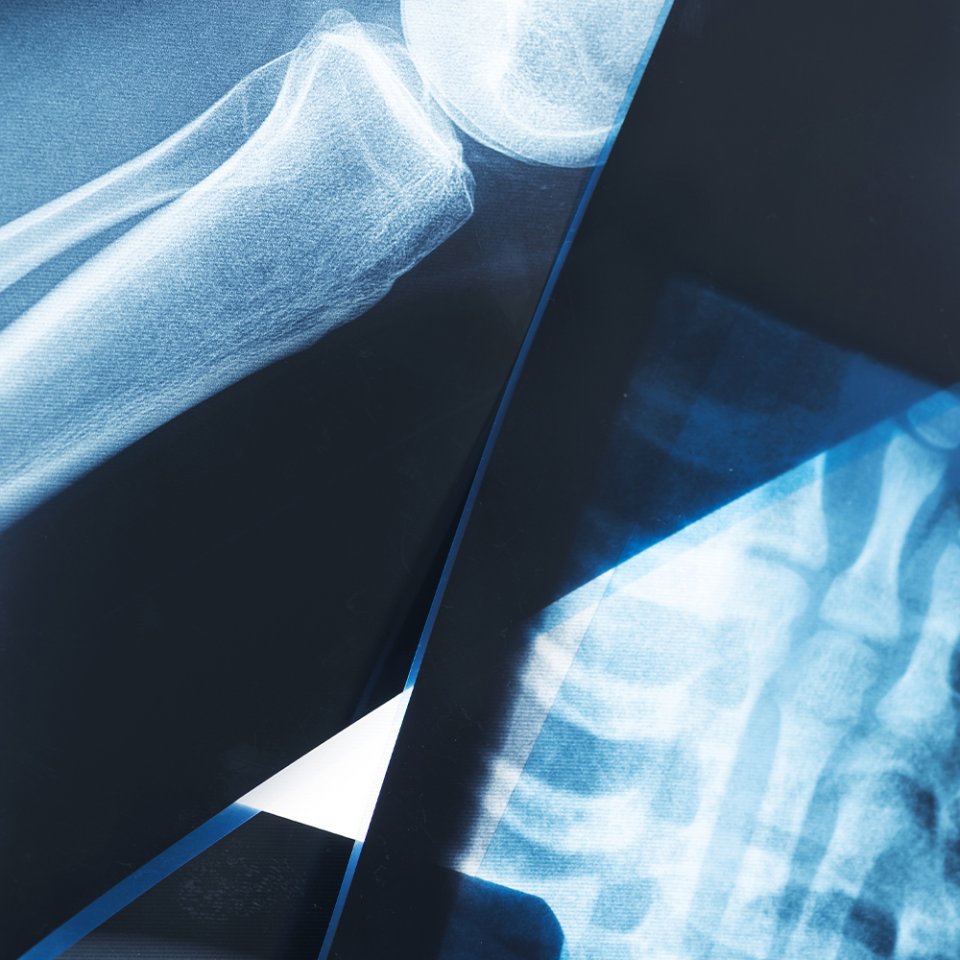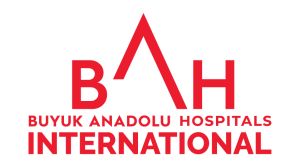What is Trauma & Fracture Surgery?
Trauma and fracture surgery focuses on the treatment of broken bones, dislocations, and complex injuries caused by accidents, falls, or sports-related trauma. These procedures aim to restore bone alignment, ensure proper healing, and help patients return to daily activities as quickly and safely as possible.

Types of Trauma & Fracture Surgery
At Büyük Anadolu Hospitals, our orthopedic trauma team treats a wide range of conditions:
-
Simple Fracture Fixation: Casting or minimally invasive fixation for stable fractures.
-
Open Reduction & Internal Fixation (ORIF): Using plates, screws, or rods for complex fractures.
-
Intramedullary Nailing: Stabilizing long bone fractures such as femur or tibia.
-
External Fixation: Temporary or permanent stabilizers for severe or open fractures.
-
Joint Dislocation Surgery: Repairing associated ligament or tendon damage.
-
Complex & Multiple Trauma Management: Coordinated care for polytrauma patients.
Who is a Suitable Candidate?
Surgery is considered when:
-
The fracture is displaced, unstable, or open (bone visible through skin)
-
The injury involves a joint (hip, knee, shoulder, ankle, wrist, elbow)
-
Multiple fractures or severe trauma affect stability and mobility
-
Conservative methods (casting, bracing) are not sufficient
-
Rapid recovery is required for active patients or athletes


How is Trauma & Fracture Surgery Performed?
Anesthesia: General or regional anesthesia depending on fracture type.
Procedure: Alignment of bone fragments followed by fixation (plates, screws, rods, or nails).
Duration: Typically 1–3 hours depending on severity.
Hospital Stay: 2–5 days depending on recovery needs.
Recovery: Early mobilization with physiotherapy for faster return to activity.
Possible Risks & Our Preventive Measures
| Possible Risks | Our Preventive Measures |
|---|---|
| Infection at surgical site | Sterile surgical protocols, preventive antibiotics |
| Improper bone healing (malunion) | Intraoperative imaging, precise fixation, and regular follow-up X-rays |
| Delayed or non-healing (nonunion) | Use of bone grafts, biologic enhancers, and close monitoring |
| Blood clots after lower limb fractures | Early mobilization, compression therapy, and anticoagulant medication if necessary |
| Joint stiffness or reduced mobility | Early physiotherapy and guided rehabilitation |
Why You Should Choose Büyük Anadolu Hospitals for Trauma & Fracture Surgery
Specialized Trauma Surgeons
Our team includes orthopedic surgeons with expertise in both emergency trauma care and complex fracture reconstruction.
Advanced Technology
Equipped with digital imaging, intraoperative fluoroscopy, and modern fixation systems for precision and safety.
24/7 Emergency Care
Immediate access to surgical intervention in critical trauma cases.
Multidisciplinary Approach
Collaboration between orthopedics, neurosurgery, plastic surgery, and intensive care specialists when needed.
International Patient Services
Seamless support including emergency coordination, transfers, and personalized rehabilitation plans.
Trauma & Fracture Surgery FAQ
Most fractures heal within 6–12 weeks, but complex or multiple fractures may take longer.
Simple fractures may require only 2–3 days, while complex trauma cases may need extended hospitalization.
In many cases, patients are encouraged to walk with support within a few days to weeks, depending on stability.
Most implants can stay permanently, but in some cases (especially in young or active patients), removal may be advised after healing.
